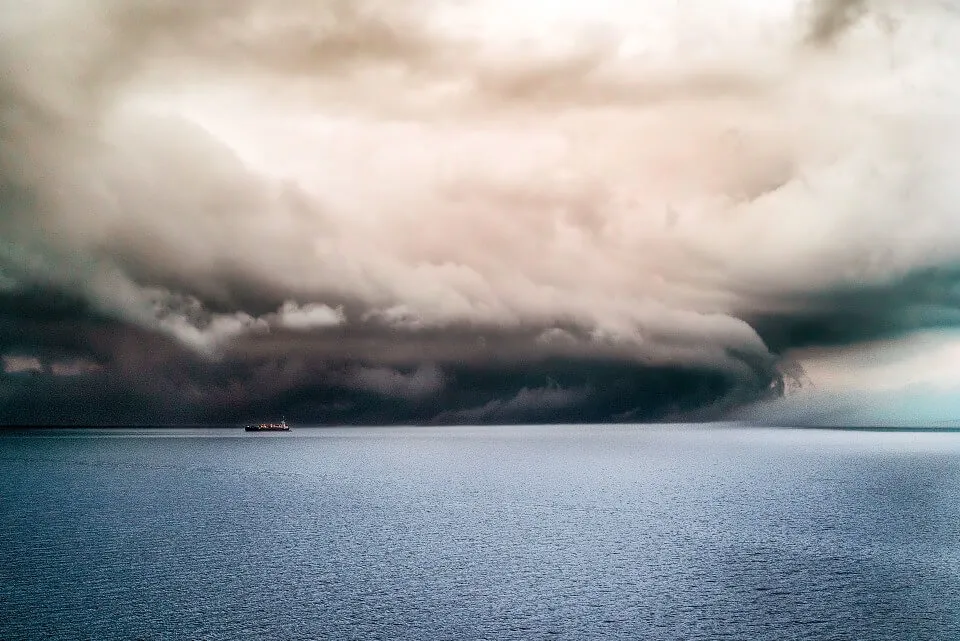
Why Wind Matters
In our ever-changing world, weather plays a significant role in our daily lives. Understanding the conditions and the impact of wind speeds is crucial, especially for those involved in maritime activities, aviation, outdoor sports, or even everyday life. One such tool that aids in comprehending wind speeds is the Beaufort Scale. In this blog post, we’ll delve into the history, significance, and application of the Beaufort Scale, shedding light on its usefulness in interpreting wind strengths.
A Brief History
The Beaufort Scale, named after Sir Francis Beaufort, a Royal Navy officer, was devised in the early 19th century as a visual and qualitative method to estimate wind speeds based on the effects they had on the sea’s surface. Initially developed in 1805, the scale was further refined and expanded over the years. Today, it remains one of the most widely recognized methods for describing wind conditions.
Understanding the Scale
The Beaufort Scale categorizes wind speeds into 13 classes, numbered from 0 to 12. Each class corresponds to a specific range of wind speeds and provides a description of how the wind affects the environment, particularly the sea state. The scale offers a descriptive approach rather than precise numerical values, allowing individuals to assess wind strength visually without relying on instruments.
Key Wind Speed Ranges and Descriptions:
0 - Calm: Sea surface appears smooth, with no ripples or waves.
1 - Light Air: Scattered ripples on the water’s surface, resembling fish scales. Smoke rises vertically.
2 - Light Breeze: Small wavelets form, but the overall sea surface remains relatively smooth. Wind can be felt on the face.
3 - Gentle Breeze: Large wavelets with some white foam crests. Leaves and small twigs in constant motion.
4 - Moderate Breeze: Small waves with breaking crests. Dust and loose paper are blown about.
5 - Fresh Breeze: Moderate waves, taking on a more pronounced long form. Whitecaps are common.
6 - Strong Breeze: Large waves begin to form; white foam crests are more extensive. Trees start to sway noticeably.
7 - Near Gale: Sea heaps up, with waves becoming high and longer. Foam is blown in streaks along the direction of the wind.
8 - Gale: Moderately high waves, with crests breaking into spindrift. It becomes difficult to walk against the wind.
9 - Strong Gale: High waves, with dense foam and spray reducing visibility. Twigs and small branches break off trees.
10 - Storm: Very high waves, with overhanging crests. Widespread damage can occur on land and at sea.
11 - Violent Storm: Exceptionally high waves, with airborne spray significantly reducing visibility.
12 - Hurricane: Huge waves with large amounts of airborne spray. Severe damage on land, while the sea is completely white with foam and spray.
Applying the Beaufort Scale
The Beaufort Scale provides a valuable frame of reference for various activities. For sailors and boaters, it helps determine the appropriate precautions, sail size, and navigation strategy. In aviation, it aids pilots in assessing potential turbulence and deciding whether to fly or alter flight plans. For outdoor enthusiasts, it assists in making informed decisions regarding activities like hiking, mountaineering, or biking.
Conclusion
The Beaufort Scale remains an essential tool for understanding and communicating wind speeds, offering a standardized system that allows individuals to gauge wind strength based on observable effects. While modern technology provides accurate numerical measurements, the Beaufort Scale’s qualitative descriptions have stood the test of time and continue to be widely used. Whether you’re planning a sailing trip, monitoring weather conditions, or simply curious about the wind’s power, the Beaufort Scale serves as a valuable reference point in comprehending the forces of nature.